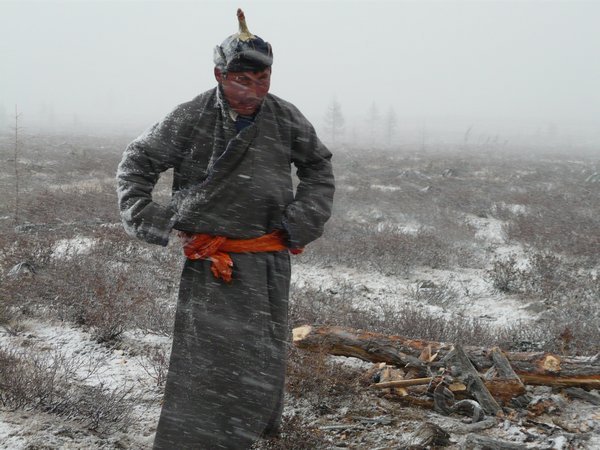Mongolia
A country the size of Western Europe but with a population of just 2 million, half of whom live in the capital, Ulaanbaatar, leaving the rest of the country an extremely sparsely populated wilderness. Half of the population live in felt tents called gers, or yurts, while a third are avtually nomads, drifting across this vast empty wilderness with the change of the seasons in search of grazing for their flocks. Roads are usually no more than a pair of wheel ruts across the steppe and public transport scarce to non-existent.
Mongolia is a place where the saying that “it’s not about the destination, it’s about the journey” is really relevant. Tourism is pretty well-established here and at any of the country’s major destinations or attractions there will be tourist yurt camps, yurt hotels, etc, providing a very comfortable but somewhat less genuine experience of Mongolian culture. The thing is these destinations are often multi-day drives away from Ulaanbaatar. Tsagaannuur in the far north, for example, is a three to four day drive from Ulaanbaatar and the mountains of Western Mongolia are a six day drive! So along the way there are plenty of opportunities for meeting real Mongolian nomads in the middle of nowhere.
As mentioned above, public transport is extremely irregular. It is also extremely uncomfortable, usually involving multi-day rides in an overcrowded minivan. When people get out at a settlement the driver may also wait to find more passengers to fill up their spaces. dragging the whole journey out into much longer than expected. So, although this is of course an excellent way to meet locals, it may not be to everyone’s taste.
A less extreme option is to hire your own transport and driver. A Russian off-road Uaz minivan with driver cost US$39 a day in 2009 (not including petrol) and can fit up to six passengers. This option also has the advantage that you can stop and get out wherever you want to. So, when it comes to evening time and you spot a few gers (yurts) off in the steppe somewhere you can stop nearby and ask the owners if it’s ok to pitch your tent next to theirs.
Vehicles with drivers can be hired with the help of any of the guest houses in Ulaanbaatar. Make sure you bring a portable gas stove, plenty of refill cartridges, loads of food, very warm clothing and sleeping bags. Nights can be very cold in Mongolia, and so can days at certain times of year in certain parts of the country. The above photo, for example, was taken in May in the far north of the country, a few kilometres from the border with Siberia.
The guest houses in Ulaanbaatar are also very useful as they can send you by email the invitation that you need to get your visa. Apart from this one complication Mongolian visas are very easy to get and even not required from citizens of certain countries such as the USA and Israel. The guest houses can also suggest itineraries and organise very short trips to places of interest near Ulaanbaatar for those without enough time for trips further afield.
My own travels around Mongolia were unfortunately cut short by a very nasty bout of malaria which I had picked up earlier in the Philippines and which necessitated being airlifted out of the country! As a result this website only contains information on the north of the country. The West is famous for its mountains and Kazakh eagle hunters, the South for the Gobi Desert and the East for being extremely remote and sparsely inhabited even by Mongolian standards.
See the pages listed below for more detailed information on individual places in Mongolia and for links to my blogs on those places.

Leave a Reply